There is some interesting symbolism in the construction of Mount Vernon. It's subtle, but I think it is intentional.
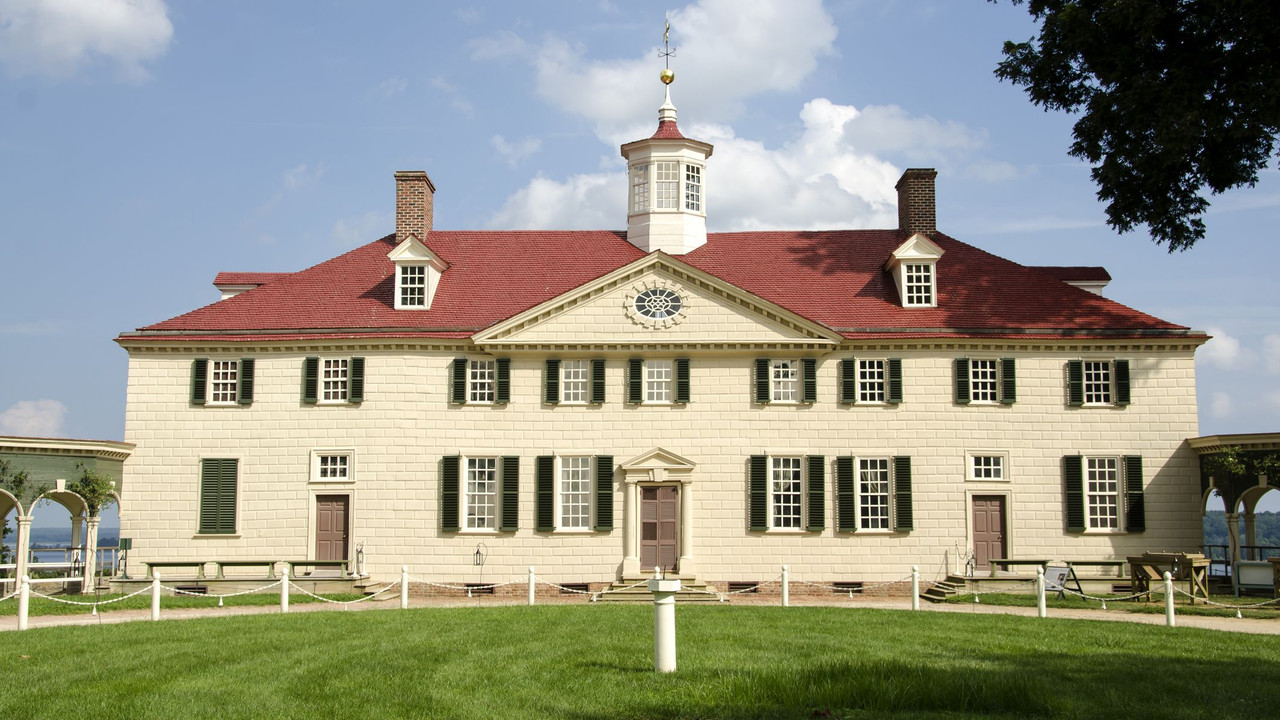


The first thing I want to point out is the centerpiece of the building. It's in the shape of the pyramid and resembles the Eye of Providence on the back of the one dollar bill. There is also a pyramid shape over the doorway with a keystone. It's almost like an arrow telling anyone entering the building to look up.

There are 7 panes in this sun-shaped window. I tried to draw them in red. This reminds me of the 7 Hermetic Principles.
Those are surrounded by six panes to make a small circle, which I tried to draw green. This 7-6 shape overall reminds me of the layout of the Metatron's Cube, which is also found on the back of the US one dollar bill above the head of the eagle - the seven stars inside surrounded by the six on the outside. It could also be a reference to the 13 original US colonies.
The panes around this are divied into 12. This reminds me of the way the Zodiac divides the sky.
Then there are 16 divisions around the outisde. This reminds me of the pieces that Osiris is cut into in some accounts (14, 16, 26 and 72 are common accounts). George Washington also had a 16-sided barn. The new barn was to perform the same function as the English-style barns Washington had been studying for many years—grain processing and storage—but in a radically different manner and with several novel features.
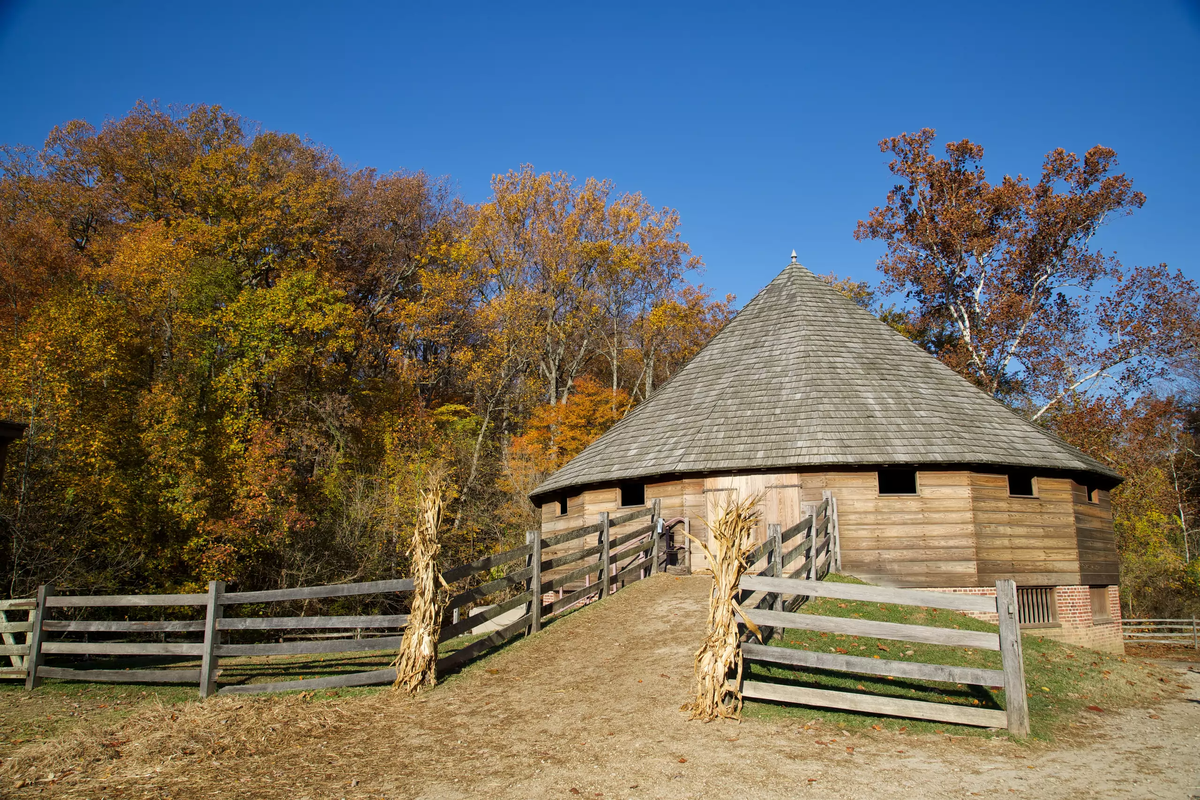
This could relate to my post Q the Stone of Destiny, the BenBen Stone, because the eye of Horus was used as an Egyptian hieroglyphic measure of grain. A quarter measure would be 16 out of 64 and George Washingon is also found pictured on the U.S. quarter.

Then there is this weather vane with what looks like the sun at the base which could be a subtle call out to Ra, the Sun God.

There is also a sun dial in the center of the front courtyard.
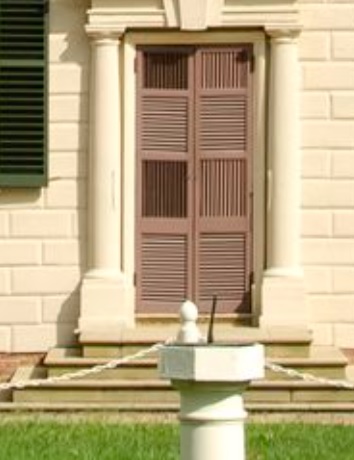
The description on Mountvernon.org reads:
Octagonal brass sundial with a "v" shaped gnomon. The dial face is engraved with five concentric rings. The center features an eight-point compass rose. Four of the points are engraved with an acanthus leaf design, while the others are shaded on their right side with successively engraved vertical lines. Radiating from the inter-juncture of the base of the points is a line that extends to the first ring. Within the first ring is the denotation of eight cardinal points: "N", "NW", "W", "SW", "S", "SE", "E", "NE". Its outer edge also sports a smaller segmented band, the numbering of which does not appear to correspond to the function of the piece. The second ring is marked with fourteen arrows that mark the half-hour lines. They correspond to the position and alignment of mirrored half-hour lines that are featured on the third and fourth ring; each span seven eighths of the circle. The third ring encapsulates the hours of the day. Rendered in Roman numerals it also spans only seven eights of the circle and charts the time from 5:00am to 7:00pm: "V", "VI", "VIII", "IX", "X", "XI", "II", "I", "II", "III", "IIII", "V", "VI", VII". The fourth and final ring is segmented into eighty-four segments that are further delineated into six ten minute intervals for each hour. At each Roman numeral is the number "60" which both represents the beginning and the culmination of an hour's time. At the second segment is the number "20" for twenty minutes past the hour, and at the fourth is the number "40" for forty minutes past the hour. The outer edge of the fourth ring also features a smaller segmented band that further divides the hour into individual minutes. On every-other point of the octagonal face are holes where the sundial was attached to a post. The gnomon is attached to the dial face via three screws that run the bottom length of the gnomon and is stabilized by two integral corner blocks of brass, one on either side. The reverse of the sundial has an uneven surface and also features the seven holes referred to above.
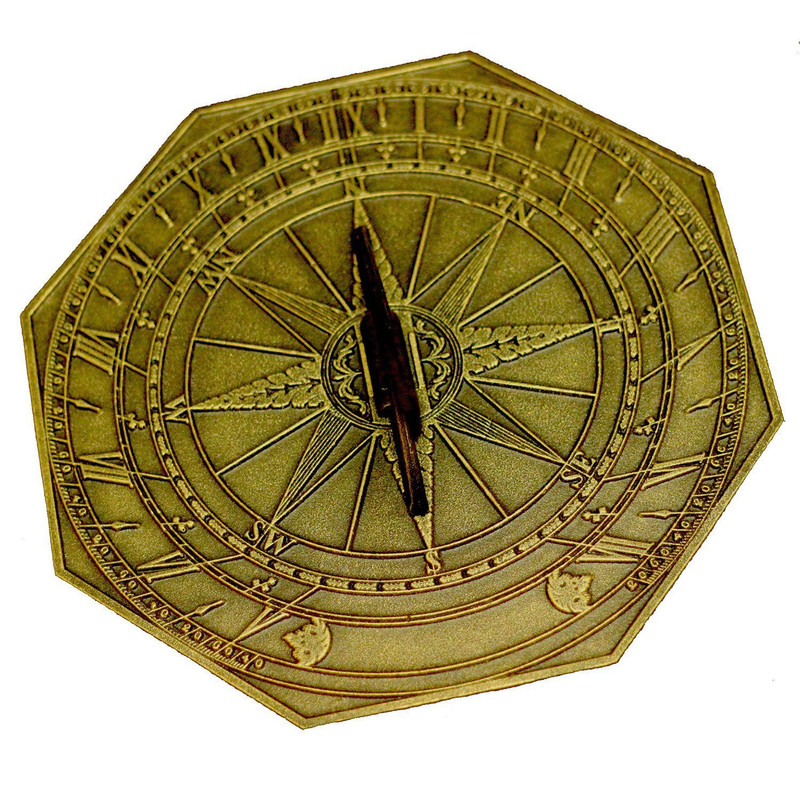
I want to note that the fourth ring is divided into 84 segments, which is the double of 42. In fact, since you are dividing 14 hours into 3 segments that are 20 minutes each, you would have 14 hrs x 3 = 42 segments, each 20 minutes long.
I also find it interesting that the acanthus leaf was chosen, since it is something that comes from the Mediterranean basin and Asia.
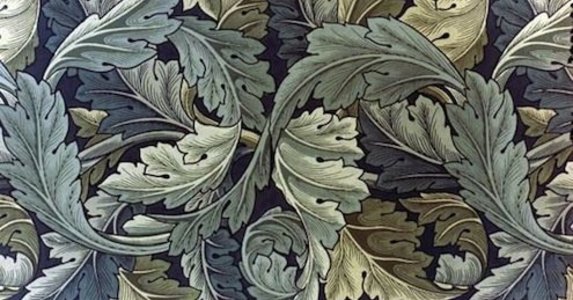
When you look at pictures of Acanthus leaves, you may recognize they are the leaf pictured on the US dollar bills.
Back to Mount Vernon, the courtyard itself even seems to be a reference to a large circle alluding to the sun.

The weather vane is called "The Dove of Peace". A dove is believed to be the form that ISIS took to resurrect Osiris.
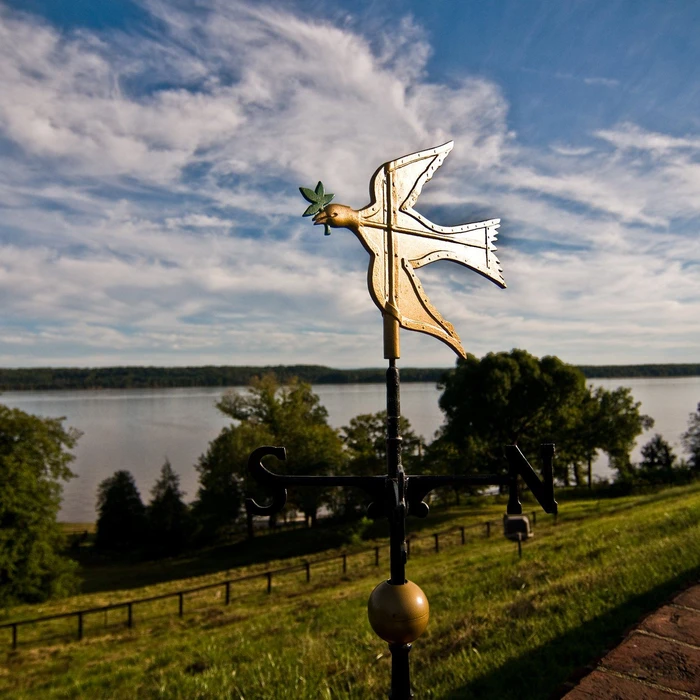


This was George Washington's design idea for Mount Vernon. You can see that he drew a pyramid-shape with an oval-shaped window in the middle.
This is the West side, so the East side would be facing the morning sun. The Washinton Monument also faces east. It has an engraving on it on the east side at the top. The words engraved there are "Laus Deo", which means in Latin "Praise be to God".
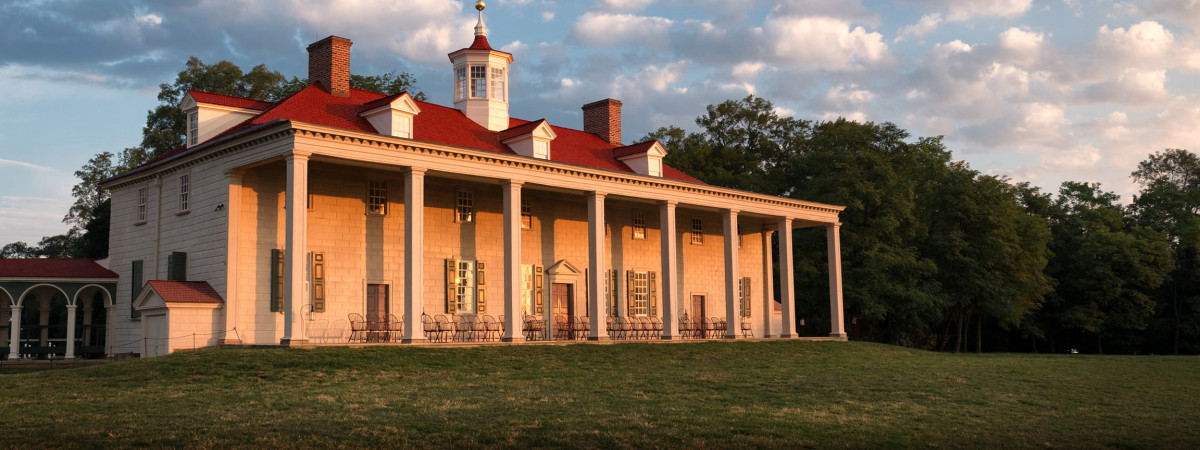
This is the logo of the Mount Vernon Ladies Association.

It has 17 leaves on each side, totalling 34. The wreath is the symbol of infinity, an 8 on its side. 34 and 8 is 42.
There are 28 pearls and 13 stars. That is 41. If Mount Vernon itself is a symbol, it is 42.
There are 11 berries on each side. This could be represented as 11:11.


No comments:
Post a Comment
Note: Only a member of this blog may post a comment.